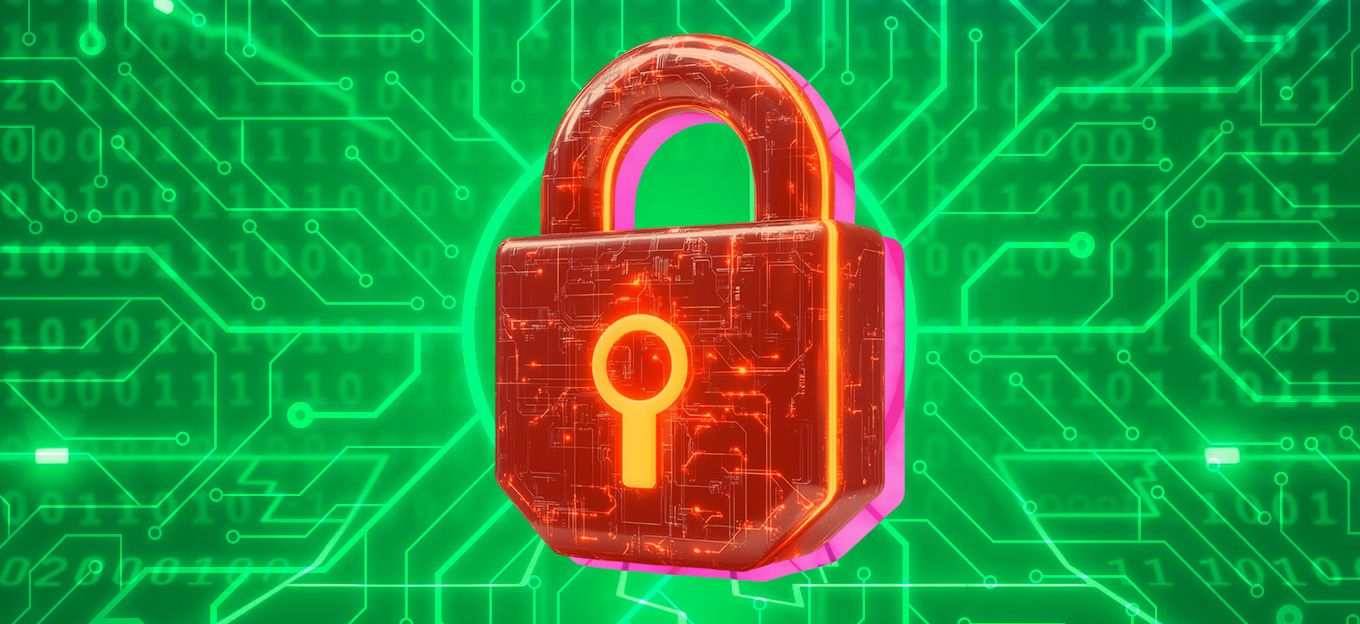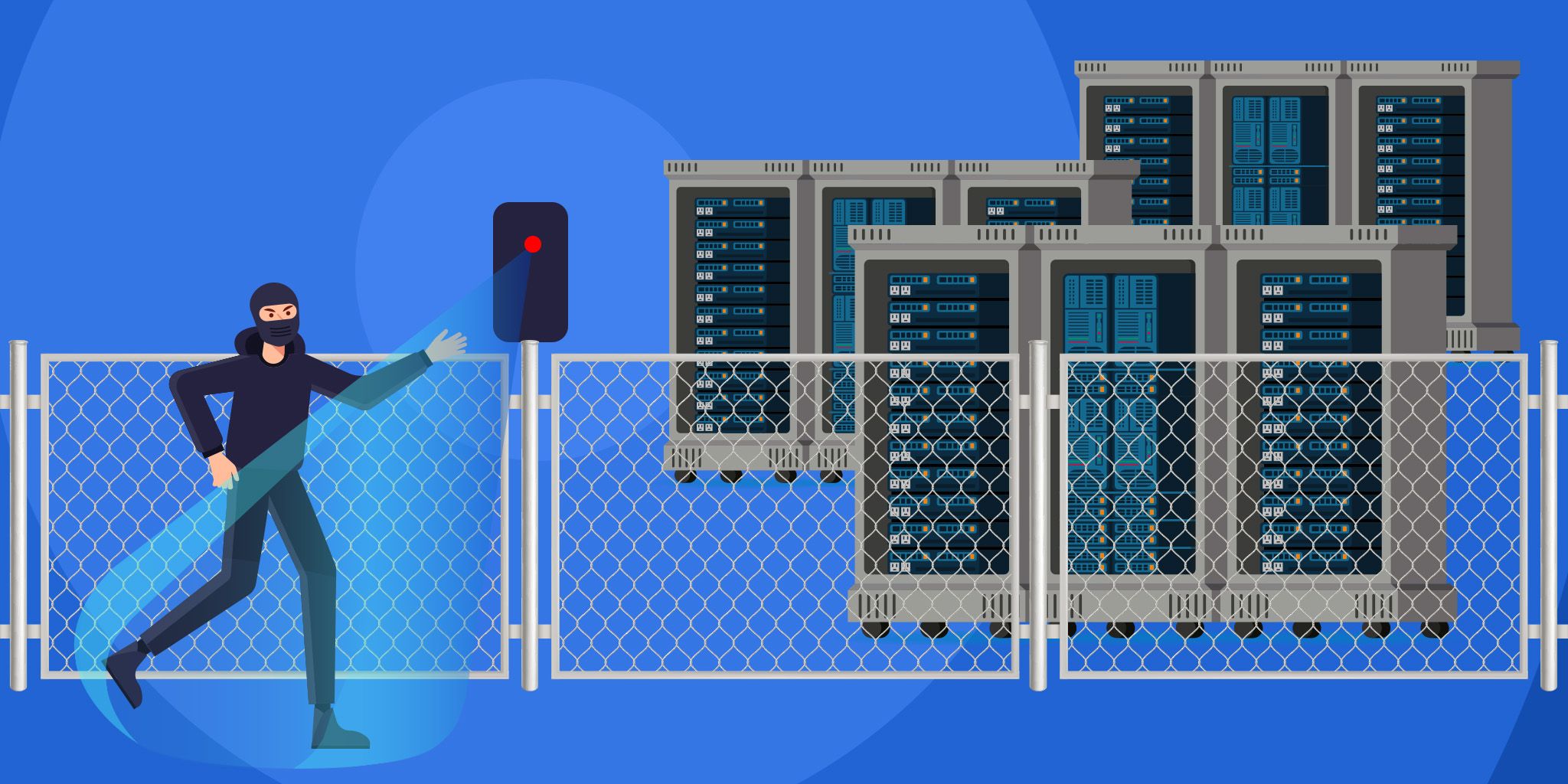The CMMC 2.0 Challenge: A 2025 Security Guide for IoT in the Defense Supply Chain
The CMMC 2.0 Challenge: A 2025 Security Guide for IoT in the Defense Supply Chain
- Last Updated: October 6, 2025
Devin Partida
- Last Updated: October 6, 2025



CMMC 2.0 — the Defense Department’s cybersecurity certification for contractors — governs how teams build, deploy, and manage connected devices that touch defense work. In 2025, assessors check that controls actually work, not that a policy says they will.
When sensors, gateways, programmable logic controllers (PLCs), drones, or cameras connect to systems with Federal Contract Information (FCI) or Controlled Unclassified Information (CUI), the program expects a clear plan that the whole team can follow and show during an audit.
How IoT Expands Risk in Defense Supply Chains
The Internet of Things (IoT) expands the attack surface because many devices ship with weak defaults, limited patch paths, and long-life cycles. Adversaries target cameras, routers, industrial sensors, and wireless modules because they often sit just a few hops from sensitive systems. Defense suppliers who ignore these realities risk losing bids, contract penalties, and incident costs.
What’s at stake goes beyond a single network. Weak devices can expose CUIs, disrupt production lines, or become footholds in partner environments. Teams that prove control of device identity, segmentation, encryption, and logging protect missions and keep contracts moving.
Understanding CMMC 2.0 and IoT
CMMC 2.0 sets three assessment levels:
- Level 1 covers the basic FCI safeguarding with an annual self-assessment.
- Level 2 protects CUI and requires either a self-assessment or an independent C3PAO assessment, as the solicitation specifies.
- Level 3 focuses on advanced protection for the most sensitive work.
For IoT, Level 2 matters most. It maps to NIST SP 800-171 Rev. 3 and brings families like access control, identification and authentication, audit and accountability, configuration management, system integrity, and system and communications protection into scope. The standard also expects FIPS-validated cryptography when encryption protects CUI, directly affecting device firmware, transport layer security (TLS) stacks, and key management on gateways and brokers.
The timeline in 2025 sets a firm pace. DoD published the final CMMC program rule on October 15, 2024, establishing the program structure and verification mechanisms for FCI and CUI. DoD then made Level 2 self-assessments operational in the Supplier Performance Risk System on February 28, 2025, and continued working toward additional regulations through 2025. Expect more solicitations to call out explicit levels as implementation widens.
Readiness varies across the defense industrial base. A survey of 209 organizations preparing for CMMC Level 2 found that teams that completed gap analyses followed documented encryption standards far more often than those that had not. Midsized firms engaged experienced partners at the highest rate. That pattern shows how disciplined prep and outside expertise help programs lock in consistent IoT controls.
The Unique Security Risks of IoT in the Defense Supply Chain
Connected devices create blind spots when teams lack a full inventory or treat default settings as secure. Many devices cannot run modern crypto or secure boot, which forces compensating controls until replacement. Remote maintenance tunnels from vendors can bypass multi-factor authentication and logging if you do not bring them under policy.
Real-world issues reinforce the point. In 2024, the Cybersecurity and Infrastructure Security Agency (CISA) highlighted active exploitation against certain IP cameras, which attackers used for remote code execution when organizations left default exposure in place.
Reports warned that some internet-connected cameras from foreign vendors pose espionage and disruption risks for critical infrastructure, which often connects to defense operations. These cases show why camera fleets and other IoT endpoints need strict isolation and monitored updates.
Noncompliance hits the whole supply chain. A weak sensor network can leak CUI, delay deliveries, and force rework across subcontractors. DFARS 252.204-7012 also sets 72-hour reporting for cyber incidents that affect covered defense information, so response planning must include IoT assets that carry or protect CUI.
Building a CMMC 2.0-Compliant IoT Security Program
Start with the scope. Identify every device that processes, transmits, or protects CUI, then separate those assets from general IT and plant networks with deny-by-default policies. That focus reduces blast radius and directs resources where they count.
Establish Strong Identities for Devices and Admins
Issue per-device certificates from your public key infrastructure (PKI), remove shared logins, and require multi-factor authentication for all consoles and jump hosts. Use role-based access so operators and security staff have only the necessary privileges.
Encrypt CUI in Transit and at Rest with Validated Modules
Require TLS between devices, gateways, brokers, and backends, and use FIPS-validated cryptography where encryption protects CUI. Block weak cipher suites at boundaries and document settings so auditors can verify them.
Harden Configurations and Keep Baselines
Disable unused services, pin approved firmware, lock management interfaces to known jump hosts, and sign baselines per device class. Capture screenshots and export as objective evidence tied to specific 800-171 controls.
Monitor Continuously
Centralize logs for device authentication, privilege use, firmware changes, and policy denials. Keep accurate time across the fleet. Tag events by device role and CUI scope so assessors can filter quickly during reviews.
Treat Vendors Like Part of the Control Set
Require support for FIPS-validated crypto, publish SBOMs, and provide clear patch service level agreements for CUI-touching products. Review cloud backends your devices use, including identity boundaries and log retention.
Document Claims Carefully
False statements about compliance can invite False Claims Act (FCA) exposure. In an FCA case, the complaint is filed under seal for at least 60 days while the Department of Justice investigates. Courts often extend that seal for much longer, sometimes years, raising the stakes for accurate attestations.
Here is a simple, field-tested sequence that teams can run and show during an assessment:
- Scope and segment: Map CUI flows, group devices by role, and isolate CUI paths with deny-by-default rules between device, gateway, broker, and backend.
- Identity and access: Enforce per-device certificates, remove shared accounts, and require MFA. Then separate operator, maintainer, and security roles.
- Harden and encrypt: Disable legacy services, pin firmware, require TLS with FIPS-validated modules for CUI, and block weak ciphers at boundaries.
- Monitor and respond: Centralize logs, alert on control failures like disabled logging or expired certs, and practice incident response that includes IoT.
- Prove: Capture diagrams, config exports, and screenshots per control family. Store evidence with tickets and dates.
Emerging Technologies and Tools for CMMC 2.0 Compliance
Artificial intelligence and machine learning can spot problems in big device fleets even when the data looks messy. They catch unplanned firmware changes, odd command patterns, or strange traffic through message brokers.
AI runs light, so small devices do not need heavy agents. Defense guidance in 2023 emphasized maturing cyber capabilities across the industrial base, which supports the adoption of practical AI, where it reduces risk without adding complexity.
Zero Trust approaches fit defense IoT because they assume a breach and verify every request. Micro-segmentation, strong identity, and constant checks limit damage when one device fails. With Zero Trust, networks stop being flat and become short, well-guarded paths between only the systems that need to talk.
Automation helps, as well. Run checks that read configuration and encryption settings directly from gateways and brokers to create daily evidence snapshots. This steady routine keeps leaders informed and avoids a last-minute rush before an assessment.
Autonomy in defense systems raises oversight demands. U.S. policy on autonomous weapons emphasizes appropriate human judgment and recognizes that some systems can act without a person at the controls. Many platforms keep humans operating remotely, but newer lethal autonomous systems can choose targets and act on code. This puts stricter requirements on identity, audit, and override controls for supporting IoT.
Actionable Steps for IoT Professionals
Use this checklist to move from intention to execution in 2025:
- Lock the scope: Publish a one-page CUI data flow for devices, gateways, brokers, and backends. Set network boundaries to match.
- Finish the gap analysis: Map findings to 800-171 Rev. 3, assign owners and dates, and track evidence at the control level.
- Stabilize crypto paths: Require FIPS-validated TLS on CUI flows and document cipher policies on firewalls and brokers.
- Close vendor tunnels: Put remote support under MFA, time-boxed approvals, and full session recording.
- Prepare for audits: Store daily evidence packs, test incident reporting to meet the DFARS 72-hour clock, and rehearse assessor walkthroughs with device teams.
Keep IoT Controls Simple, Visible, and Provable
Lock down the few data paths where CUI operates, then make identity, segmentation, encryption, and logging part of daily work. This way, control stays clear at any moment. With those basics steady, missions stay safe, CMMC 2.0 stays on track, and defense work remains on schedule.
The Most Comprehensive IoT Newsletter for Enterprises
Showcasing the highest-quality content, resources, news, and insights from the world of the Internet of Things. Subscribe to remain informed and up-to-date.
New Podcast Episode

Moving Past the Pilot Phase in IoT and AI
Related Articles




